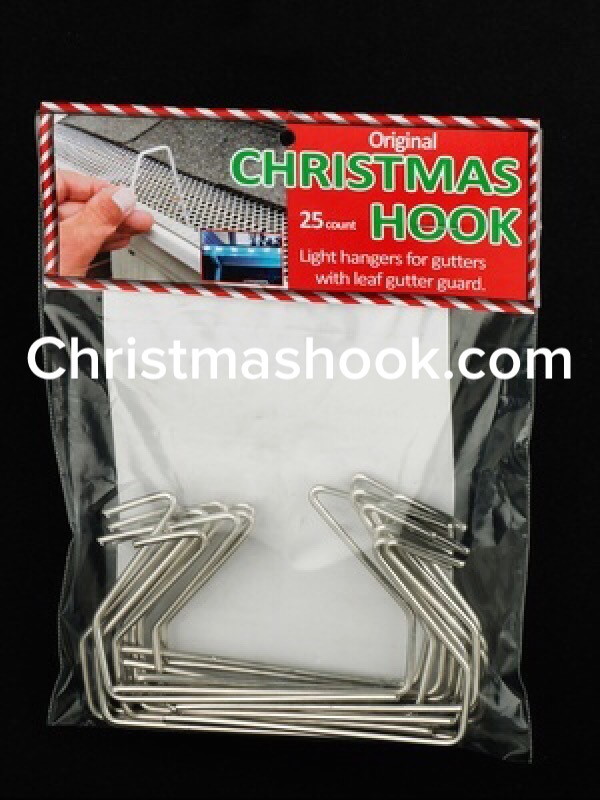Standing Water On Your Property Breeds Mosquitos
- David Thompson
- May 23, 2022
- 3 min read
Managed standing water around homes and businesses helps keep mosquitoes from spreading diseases. The best way to manage mosquitoes around the house is to remove standing water where mosquitoes can lay eggs.
Mosquitoes can lay eggs in very shallow standing water, so any place that collects water could become a breeding site. Because mosquitoes lay their eggs in standing water, pools of water in your backyard and stagnant water could be a breeding site. Aedes mosquitoes lay their eggs near the base of vegetation in areas with intermittent flooding.
Even more so than other species, Aedes mosquitoes tend to live near humans, breeding in standing water near homes. They can breed in a very small amount of water--think a bottle cap, or the saucer beneath your plants--in a matter of days. Mosquito larvae are visible as they rise to the waters surface to breathe through a distinctive tube extending from the bodys tip.
Mosquito larvae live in standing water, larvae need just minimal amounts of water, even something as small as a pool of water on the bottom of a trashed plastic bag may house them. Even an ounce of standing water can contain a high mosquito larvae population, since they are at their most successful when they are in shallow water.
In general, natural ponds and lakes are not sources of mosquito breeding as the standing bodies usually contain fish and other predators which will consume the mosquito larvae. Any location that has standing water or dense vegetation may be sufficient as a breeding site, and mosquitoes may particularly flourish following flooding due to all of the standing water. Mosquito species have varying reproductive habits, but most like to lay eggs close to water -- often on vegetation or still water. Studies have shown female mosquitoes prefer to lay eggs in water collected in manmade containers or stored there.
Aeration/water movement helps, as mosquitoes prefer still, unmoving water to lay eggs and develop. Bubblers, fountains, wigglers, and waterfalls all promote circulation of water and keep mosquito larvae from coming to the surface for respiration. In addition to the fish, you may want to also add a bubbler or a water-wiggler so that the water is constantly moving, which will keep mosquito larvae from coming to the surface to breathe. Adding pumps to water features like the wattle-and-dagger keeps the water moving and makes it less attractive for mosquitoes to breed.
Eliminating areas with standing water, containerized water, and similar is the easiest way to keep mosquitoes at bay. If your home already has mosquito colonies, misting and sprinkling the yard, as well as treating any sources of standing water, is probably your best bet. The single most effective thing you can do as a homeowner to minimize the presence of mosquitoes on your property is to remove standing water anywhere it occurs. By eliminating standing water around your house, you can play a powerful role in keeping you, your family, your pets, and your neighbors free of mosquito-borne diseases.
The most effective way to reduce mosquitoes around homes and neighborhoods is to locate and eliminate standing water -- where mosquitoes are breeding. While eliminating standing water from around your property will do much to decrease mosquitoes in your surroundings, removing it completely is not really possible. Birdbaths are an excellent addition to your yard, since they attract all kinds of lovely birds, but it is the very water they drink where mosquitoes can breed.
Mosquitoes are active only and begin their mosquito reproduction cycle when temperatures remain consistently above 50 degrees. Under ideal conditions, some mosquitoes may complete the developmental cycle from eggs to adults in less than one week. Female mosquitoes may lay 100-300 eggs at once, and eggs hatch into mosquito larvae in 48 hours.
For approximately a week to 10 days, larvae will grow, then turn into a pupa, before eventually emerging as an adult mosquito approximately two days later. Mosquitoes will die off or go into hibernation -- depending on the species -- once temperatures drop below 50 degrees again.
Mosquito Movers uses a combination of spraying the yard as well as using Mosquito Dunks to place into standing water to eliminate the mosquito larvae.






Comments